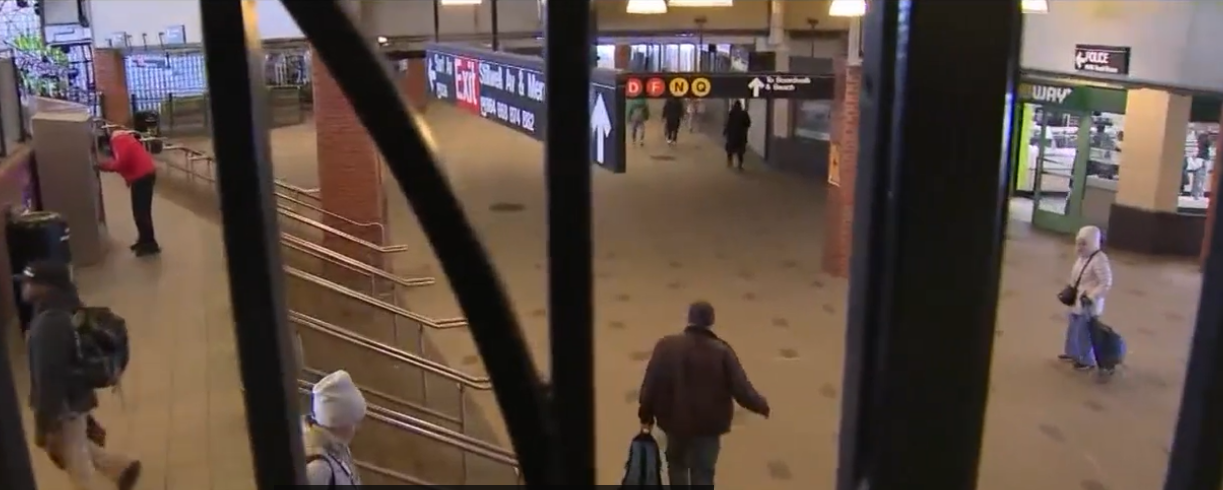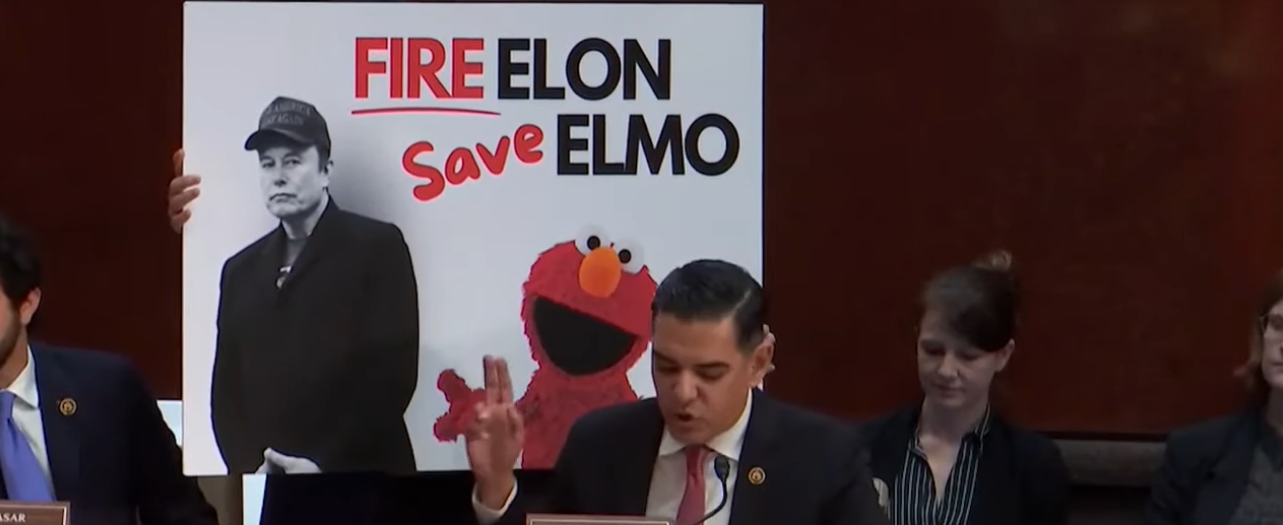While France steps up neocolonial aggression in its former North and West African colonies, the U.S. has set its sights on the elected government of Ethiopia in the geostrategic Horn of Africa. Ethiopia’s growing ties with China and Russia and the Joint Declaration on Comprehensive Cooperation Between Ethiopia, Somalia and Eritrea so threaten U.S. global hegemony that a U.S. “regime change” campaign is well underway.
One of the first stages of any such campaign is, of course, massive disinformation. Mass media, human rights organizations, aid organizations, and, more recently, social media armies—especially Twitter armies—are all engaged.
Hashtag #TigrayGenocide
The #TigrayGenocide Twitter campaign first appeared on November 4, 2020, the same day that Tigrayan soldiers within the Ethiopian National Defense Force surprise attacked their fellow soldiers in the country’s Northern Command Base in Tigray Region. There’s no way the Ethiopian government could have mounted a genocidal response in a matter of hours, but #TigrayGenocide was already trending. The Tigrayan People’s Liberation Front (TPLF) and its supporters had obviously been prepared to seize the narrative, claiming victimhood and blaming the Ethiopian army that they had just attacked.
CNN and its foreign correspondent Nima Elbagir then launched an all–out campaign to convince the world that the Ethiopian government was committing genocide against the Tigrayan people. Their reports have been so relentless that “CNN! Fake News!” is one of the most prominent signs and chants at Ethiopian diaspora protests in support of Prime Minister Abiy Ahmed and the government.
“Award-winning CNN journalist Nima Elbagir” also became Democracy Now!’s primary source. On December 3, 2020, one month into the civil war, Elbagir told host Amy Goodman, “In essence, I think the best way to understand what’s happening in Ethiopia is to consider it a conflict over power that has descended into potentially a form of ethnic cleansing.”
Ten months later, on October 7, 2021, Elbagir told Goodman, “In the last few weeks, Tigrayans say the bodies of over 60 victims have floated into Sudan from Ethiopia [in the Tekeze River], evidence of a methodical campaign, one which bears all the hallmarks of genocide as defined by international law. Up in this remote corner of Sudan, this is evidence the world wasn’t meant to see.”
Really? The world wasn’t meant to see this, but CNN’s Nima Elbagir did? Even if such a dubious proposal were true, neither CNN nor anyone else claimed that these bodies floated into Sudan with identity cards. Ethiopian identity cards specify ethnicity, and many Ethiopians say that this is the heart of the country’s problems, but CNN did not produce identity cards or even names matching the bodies.
Parts of the Tekeze River have been controlled by both TPLF and Amhara militias at various points in the war, so either force could have dumped the bodies into the river, but CNN and the TPLF both attempted to claim that they definitively proved #TigrayGenocide.
Bodies floating down the Kagera River from Rwanda to Uganda, 1994
A similar story shocked the world in 1994, when bodies floated down the Kagera River from Rwanda into Uganda, and international media reported that they were the bodies of Tutsis massacred by Rwanda’s allegedly genocidal national army.
It later came out, however, that the Tutsi army led by General Paul Kagame, now the president of Rwanda, was at that time in total control of Akagera Park, where the Nyabarongo River flowed into the Kagera River and then down into Uganda. So, unless the Tutsi army was killing Tutsis in Akagera Park, those were the bodies of their Hutu victims.
That, however, was not determined until well after international news media had shocked the world with its reporting and moved on.
Investigative journalists and International Criminal Tribunal for Rwanda (ICTR) defense teams eventually determined that there was not only a Tutsi genocide but also a Hutu genocide in Rwanda, as documented by investigative journalist Judi Rever in her groundbreaking book “In Praise of Blood: Crimes of the Rwandan Patriotic Front.”
The identity and/or ethnicity of the bodies that floated down the Tekeze River into Sudan may or may not be credibly determined by future investigators, but the appearance of bodies alone does not prove who they are or who killed them.
In Rwanda today, tourists visit genocide memorial museums with piles of bones on display, which they’re told are all Tutsi bones and therefore proof of Tutsi genocide. However, many Hutu people believe that their own families’ bones are piled high in those museums as well, and that all the bones should be buried, not displayed for political purpose and tourist industry profit.
The genocide trigger
The U.S. has had its finger on the #TigrayGenocide trigger for over a year now, with the threat of “humanitarian military intervention” always looming. Members of the Tigrayan diaspora often protest with signs reading, “Call it Genocide.”
Why? Because, according to U.S. policy, a genocide designation involves a moral obligation to act. President Obama’s Executive Order — Comprehensive Approach to Atrocity Prevention and Response reads:
Section 1. Policy. As articulated in Presidential Study Directive-10 (PSD-10), preventing mass atrocities and genocide is a core national security interest and a core moral responsibility of the United States. Noting that governmental engagement on mass atrocities and genocide too often arrives too late, when opportunities for prevention or low-cost, low-risk action have been missed, PSD-10 directed the establishment of an interagency Atrocities Prevention Board (Board), with the primary purpose of coordinating a whole-of-government approach to prevent mass atrocities and genocide.
“Whole-of-government” is a bureaucratic euphemism for hybrid warfare, which includes disinformation, censure, aid cuts, debt strangulation, sanctions, proxy war, and perhaps even military aggression. Ethiopia and its neighboring ally, Eritrea, have already been sanctioned and more sanctions are no doubt coming.
Cries of genocide and “Never Again!” and comparisons to the Holocaust and Rwanda typically precede the U.S. and NATO’s “humanitarian interventions.”
The genocide trigger in international law
If the United Nations Security Council (UNSC) agrees that genocide is taking place, it can legally organize a multilateral response to stop it, militarily if need be. Any of the five permanent members of the UNSC can veto any UNSC resolution, and Russia and China have made it clear they see no evidence obliging the UNSC to act in Ethiopia. They have refused to approve any measures violating Ethiopia’s national sovereignty, as has the African Union.
National sovereignty is the first principle of international law, but the U.S. has shown no respect for it in Iraq, Libya, Syria, Somalia, or anywhere else the U.S. has invaded—or backed a proxy force—since the adoption of the UN Charter in 1945.
As Russia and China have become more assertive on the UN Security Council, U.S. policymakers have claimed the obligation to “intervene” in contravention of international law because China and Russia, they say, are abrogating their moral responsibility on the UNSC.
#TigrayGenocide cries and hashtags have therefore carried an ominous interventionist implication.
The TPLF began the war by attacking the national army in its own Tigray Region, and so long as the war remained within its boundaries, the dominant press portrayed only Tigrayans as victims, often as victims of genocide, pending genocide and or state-engineered starvation. However, most outlets began to modify that narrative after the TPLF invaded Amhara and Afar Regions during the first week of July and horrendous attacks on Amhara and Afar civilians began to be reported. At that point, the U.S. government and the Western press began “bothsidesing,” switching to a false balance narrative that both sides are guilty of crimes, even as they continued to report on Tigrayan victims and looming #TigrayGenocidemore often than not. U.S. Secretary of State Antony Blinken, U.S. Ambassador to the UN Linda Thomas-Greenfield, and USAID Administrator Samantha Power masquerade as the voice of reason by demanding that both sides sit down to negotiate “without preconditions,” meaning—though they neglect to say so explicitly—that the federal government representing the vast majority of the population must sit down to negotiate with a treasonous force representing a 6.1 percentminority population as equals. Presumably, if not explicitly, the U.S. would broker an agreement, having pretended to be a neutral, albeit insistent, party all along. #YeahRight
Ann Garrison is a Black Agenda Report Contributing Editor based in the San Francisco Bay Area. In 2014, she received the Victoire Ingabire Umuhoza Democracy and Peace Prize for promoting peace through her reporting on conflict in the African Great Lakes Region. She can be reached on Twitter @AnnGarrison and at ann(at)anngarrison(dot)com.







